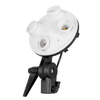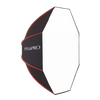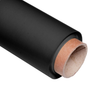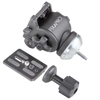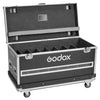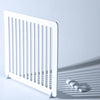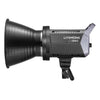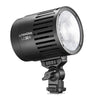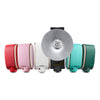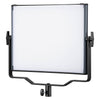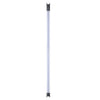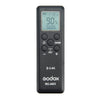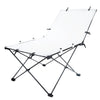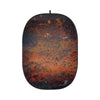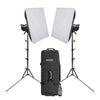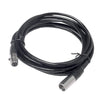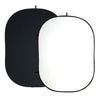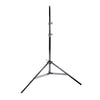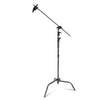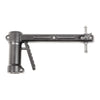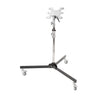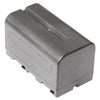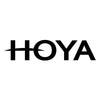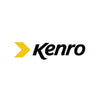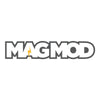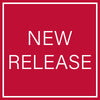Enhancing Available Light Using the PiXAPRO PIKA200 Flash by Andrew Cockerill
We’ve all at some point or another arrived on set or on location and have really struggled with the lighting that is just mediocre at best. You may have a small window at bridal prep, spotlights in the ceiling of a bar causing dark shadows under the eyes or even a single door in a in a darkly lit warehouse.
Systems like the PIKA200 are an extremely easy way to use flash to work with the light you have on set and enhance the quality of the light you have available.
In this blog post, we’ll have a look at a few images taken in a warehouse where we take the elements that are already in the photo and use flash to give the subject a more flattering and naturally lit look.
The Gear
All the images were taken with the Canon R6 and either The Sigma Art 35mm f/1.4 or the Sigma ART 50mm f/1.4
We had a PiXAPRO PIKA200 shot into a 65cm PiXAPRO Rice Bowl Softbox on the C-Stand with the 50” Boom Arm and an additional PIKA200 set up in the back. We also used the PIKA200 Dual Bracket system and we triggered the flashes with the PiXAPRO ST-IV Trigger.

The Setup and the Shoot
Paul is a videographer who wanted some images for his new website, www.acey.media. After brainstorming a few ideas, we wanted to use a location that was slightly darker but with a bit more character. This warehouse that was local to both of us was the perfect location.

Image #1
Once on site, the first thing we needed to do before sitting our subject down is have a look at the elements that are already in the image. Here we had the loading doors just to the left of where the subject would be sitting, a lamp at the back and a series of windows higher up on the walls.

The lighting for all of the images is almost identical. Just to the left of our subject, near the open door we have a PIKA200 at 1/128 power with the Rice Bowl Softbox in the dual bracket system. For this setup we only had one of the PIKA200’s in the dual bracket so we could use its Bowens fit adapter to attach the Softbox to the light stand.
As the shoot was a little later in the day the light that was coming through the warehouse door, although relatively soft, didn’t give us enough intensity to really darken the background and keep the details on the outside of the building we wanted to really make the subject pop. We placed the Rice Bowl Softbox near the door to help enhance the light we were getting make our subject stand out from the background. Once we got the separation that we wanted between our subject and the background we wanted to add a little interest the darker parts of the image. We had noticed in there was a lampshade in the background that would have fit into the image perfectly. We added another PIKA200 into the lampshade to imitate a functional lamp. The compact size of the PIKA200’s makes them perfect for hiding in discreet places like this.
By having the PIKA200 within the lamp at more power than the one in the softbox, (1/64 Power), we managed to cast some of that light on the outside of our subject’s head, giving a nice separation between the shadows on his face and the shadows of the wall behind him. By balancing both the lights with the ambient light, it gives the images a slightly more cinematic feel than a traditionally lit photo would.

For the second image, the lighting was set up in pretty much the same spots as in the first image, although the PIKA200 in the Softbox was moved about 4-5 inches a little closer to the open door, the idea was to try and capture a little more of the darkness and mess that was in the rear of the warehouse.
As we were rapidly losing light we moved the subject just a little closer to the door and feature the door a little more in the image.
Although we couldn’t see outside this time, moving the subject closer to the flash and the door and keeping the door frame within the image really helped convey that the subject is looking out of a window that has copious amounts of light coming through and, once again, gives the photo a slightly more cinematic feel.
We left the second PIKA200 in the lampshade in the back just to add a little background interest. The single best thing about setting up your lights around light sources that are already available in the room, is once they are set up, they require minimal adjusting once they are up, speeding up your shooting time.

Image #2
Conclusion
Going forward, I really cannot see myself using any other system other than the Pixapro PIKA200’s. Though, I have recently also added a Li-ION580 Speedlite to my arsenal and am really looking forward to setting up slightly more complex lighting setups. The versatility and ease of use that the dual flash bracket along with the flash units give is, put simply, brilliant.
Not only do you have the ability to use both flashes individually as we did on this shoot, but you can put them both together with the Dual Bracket and get the same 400w total power output as the CITI400 for situations where you need a little more output from your flashes than with a traditional speedlight or a PIKA200 on its own. The integration between all the PiXAPRO systems is completely seamless and makes shooting flash an absolute pleasure!
To see more of Andrew's work, go to www.acey.media or visit their new Instagram page @acey_media.



